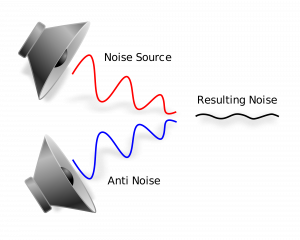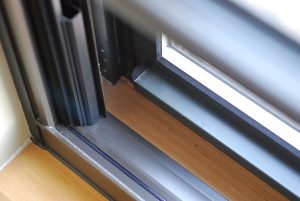What kinds of noise do noise-canceling headphones cancel?
If you find it difficult to concentrate during work or even during school due to ambient noises, we highly recommend taking a look at some of our recommended noise canceling headphones.
How do they work?
Noise canceling is different from noise isolation headphones, which only prevent outside noises from reaching your ear by creating a seal around your ears. Noise canceling headphones utilize a different type of technology called destructive interference. In this method, an equal and opposite, noise described as the ‘anti-noise’ is generated by your headphones that cancel out the original and distracting noise.
The technology behind this is created by allowing an external microphone that monitors and creates the equal and completely opposite noise that it detected. This opposite noise will cancel out the sound distraction and the result is complete and utter silence. An info-graphic of this process is included below:

What noises are canceled by this technology?
This technology has existed since the 70’s, and was originally designed by the engineers working at the speaker company Bose. Rumor has it that during a flight to Europe an engineer found the engines to be so disturbingly loud that he set off on a cruse to create a headphone that would remove or subdue the noise of a plane engine. As a result these are effective against both high and low frequency noises.
The operating range of this technology can work as high as 80 decibels. It should be noted that these respond to the noises outside of the headphone the ideal scenario for these is for a constant sound because a sudden sound may not be detected in time to completely cancel it out. Therefore, sounds such as slammed doors or a cry in the middle of the night for dad will generally be heard through this technology. With that being said, the best case to use these is for a constant humming or a constant noise distraction in the background.
Combining this noise canceling technology along with the sound insulating technology can and does provide high quality headphones that will allow you to concentrate on your music by removing those pesky distractions.

